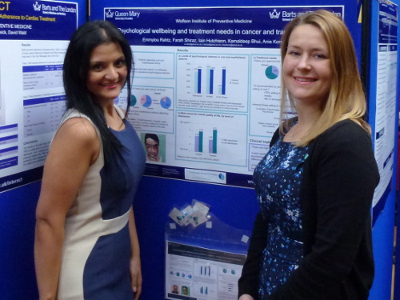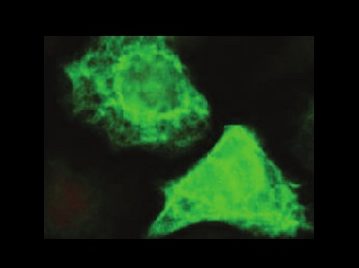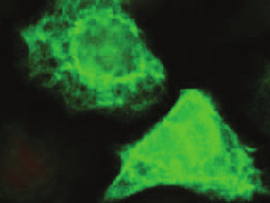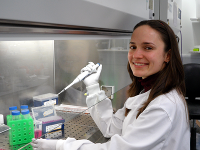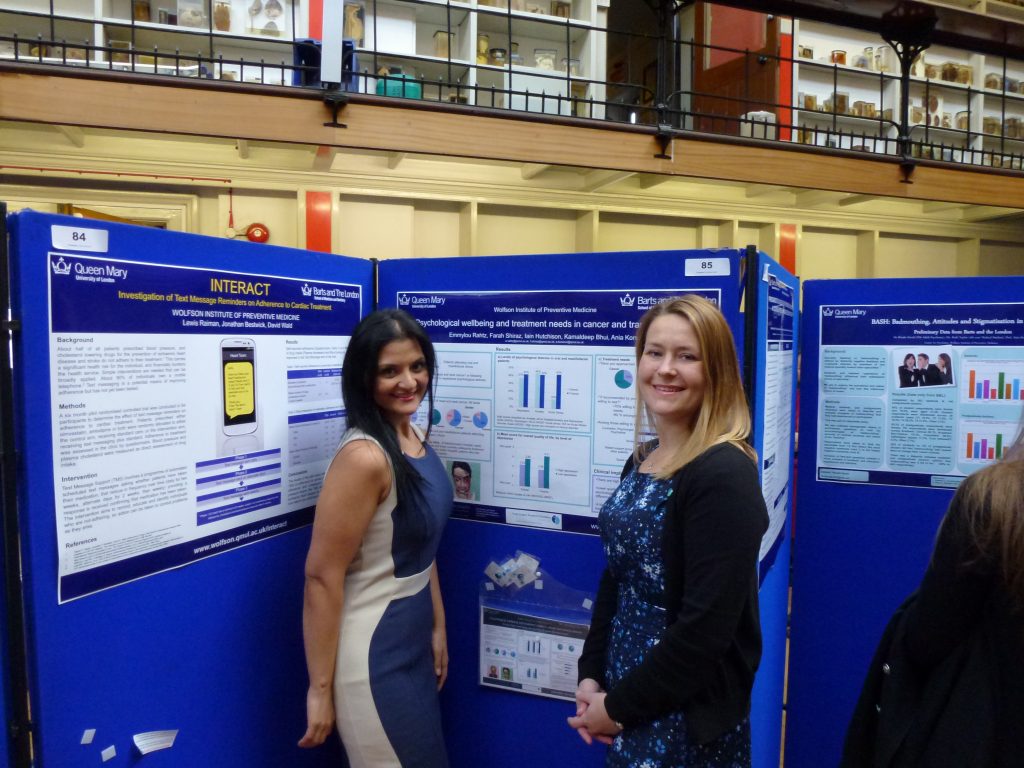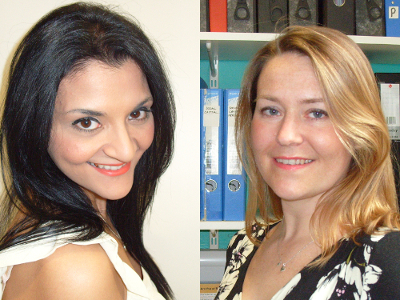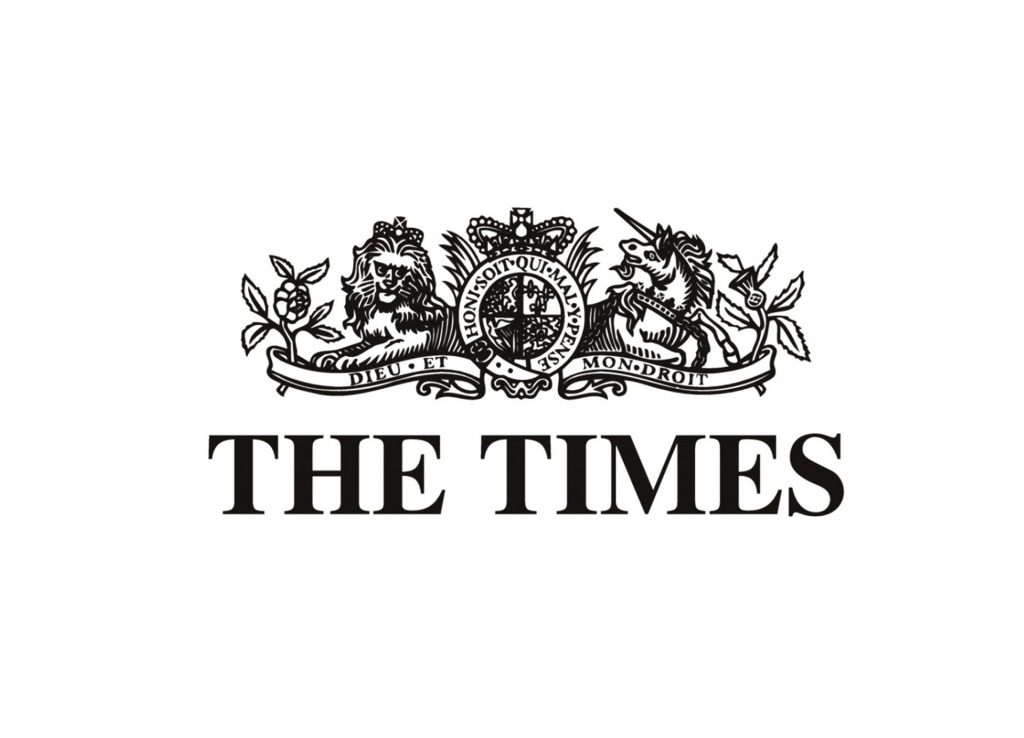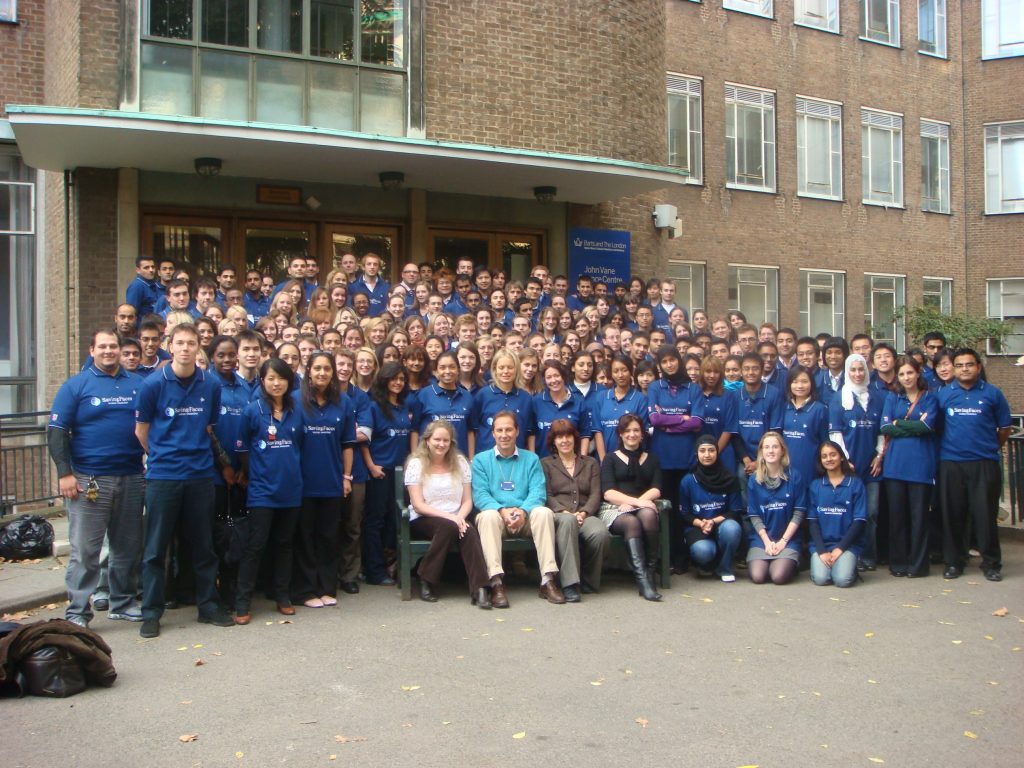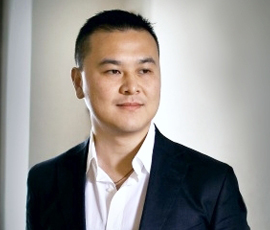
Researchers at Queen Mary University of London have found 4 unique gene markers that could predict the risk of developing head and neck cancer. These markers mean that very soon we should be able to pick up the tell-tale signs of cancer before it’s visible with simple, cheap blood or saliva tests. The findings have been published in the journal Cancer. The research was partially funded by Saving Faces.


